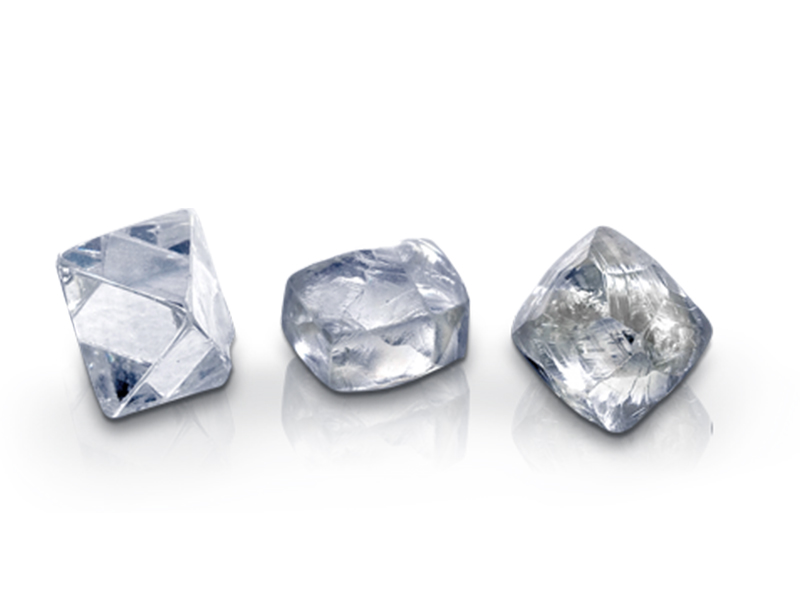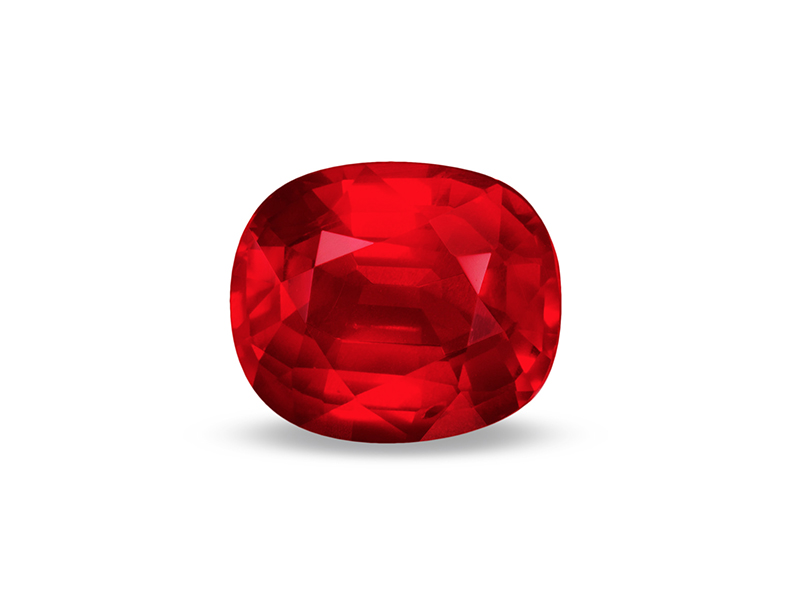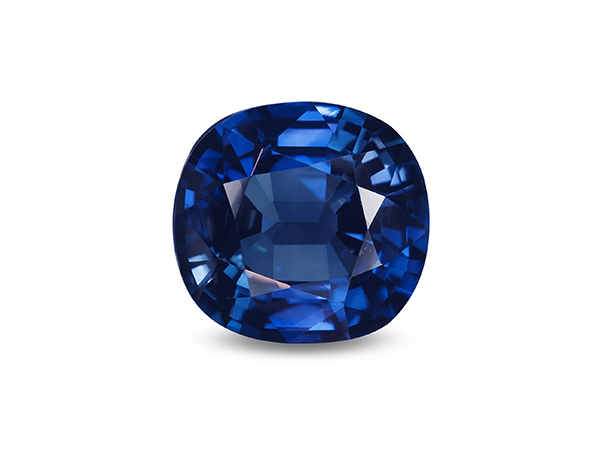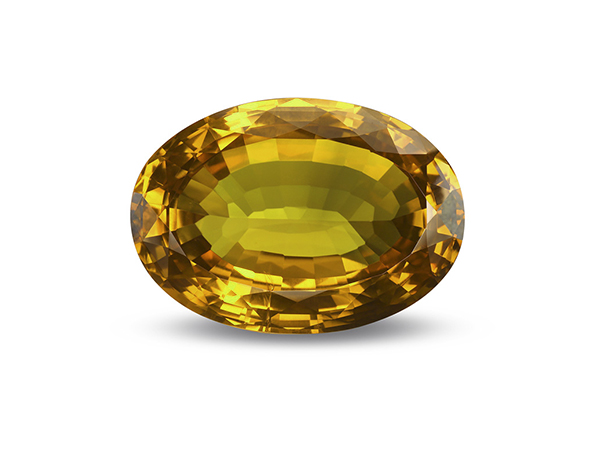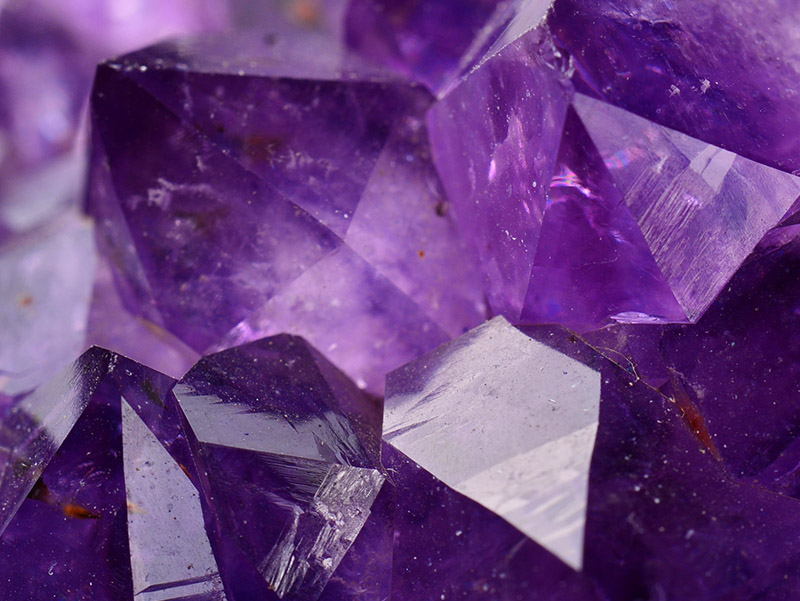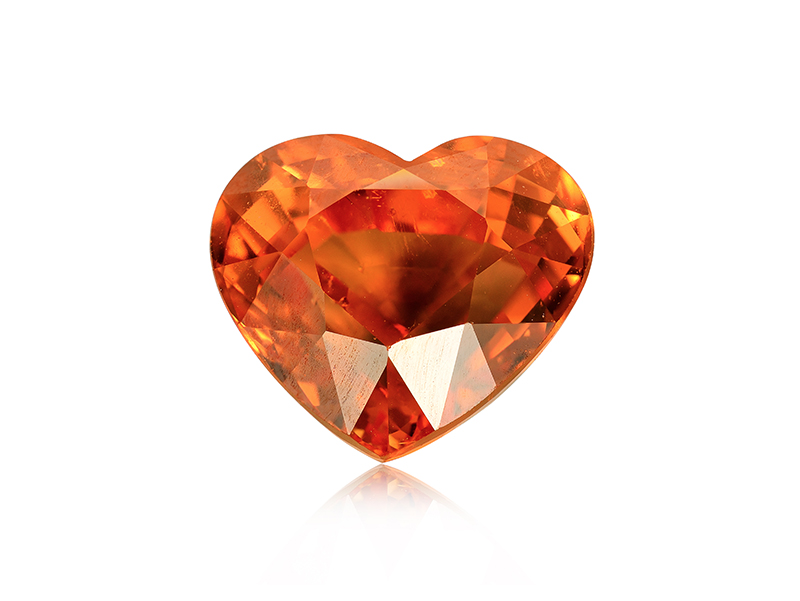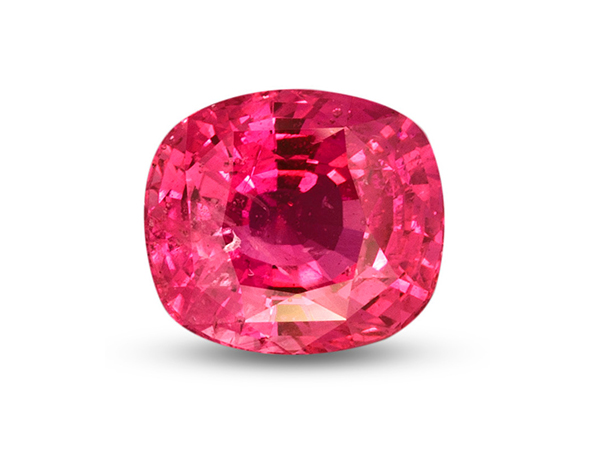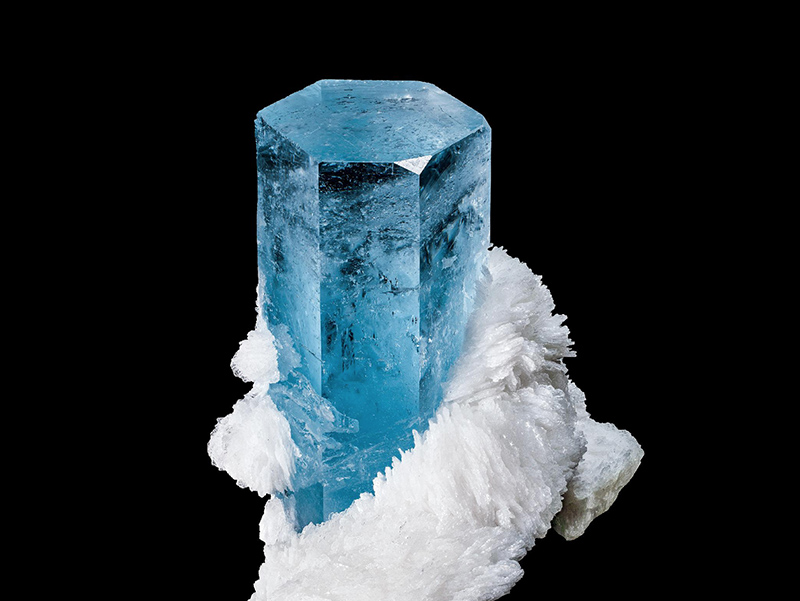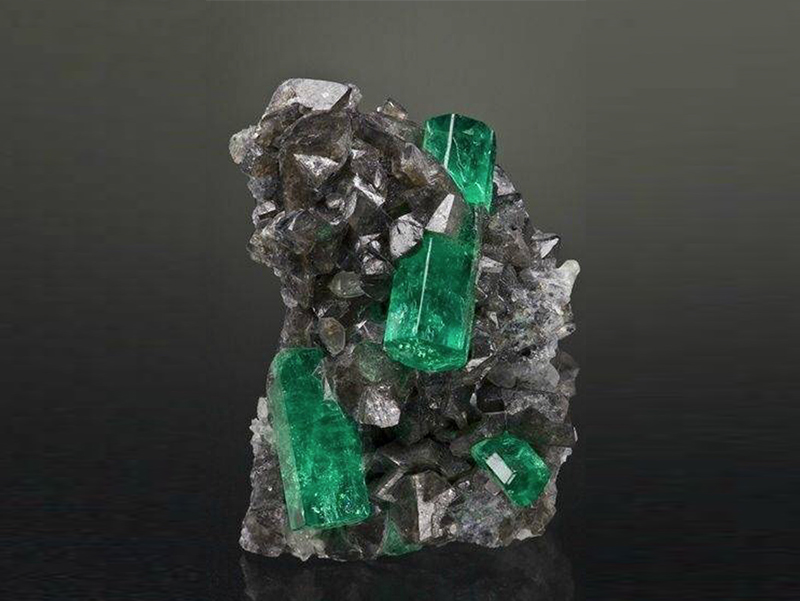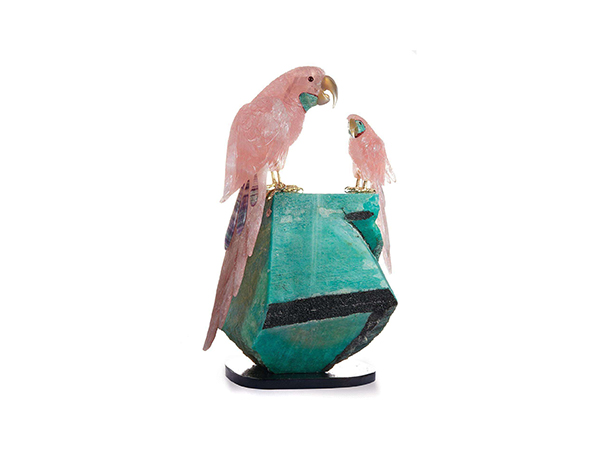Chemical properties Each carbon atom in the crystal forms a covalent bond with the other four adjacent carbon atoms in the sp3 hybrid orbital, and each four adjacent carbon atoms constitute a regular tetrahedron. The crystal type is a diamond structure, so the unsharp crystal shape is often a regular octahedron. The C-C bond in diamond is very strong. All valence electrons participate in the formation of covalent bonds. There is no free electron, so the hardness of diamond is very large, non-conductive, and the melting point is 3815 °C. The diamond has a flam
Ruby is a red corundum. It is a corundum whose main component is alumina (Al2O3). Red comes from chromium (Cr), mainly Cr2O3, and the content is generally 0.1to3%, and the highest is 4%. It contains Ti and is called blue sapphire. Most natural rubies come from Asia (Myanmar, Thailand, Sri Lanka, China, Xinjiang, China, Yunnan, etc.), Africa, Oceania (Australia) and the Americas (Montana and South Carolina, USA). Natural rubies are rare and therefore precious, but synthetic rubies are not too difficult, so industrial rubies are synthetic. In 1999, a red and blue c
Sapphire is a generic name for corundum gemstones in addition to ruby (Ruby). Its main component is alumina (Al2O3). Blue sapphire is caused by a small amount of titanium (Ti) and iron (Fe) impurities. The color of sapphire can be pink, yellow, green, white, or even in the same stone. Sapphire has been found in Thailand, Sri Lanka, Madagascar, Laos, Cambodia, Changle, Shandong, Hainan, and the stalagmite mountains of Jiangjin, Chongqing. The rarest of them should belong to the sapphire in Kashmir, and Myanmar is the most common sapphire produced today. local. T
Gold Emerald (English: Chrysoberyl) is a kind of bismuth aluminum oxide gemstone. Its main chemical component is strontium aluminate. Its chemical formula is BeAl2O4. The crystal is an orthorhombic (orthort) crystal oxide mineral. It is a precious gemstone with four variants: cat's eye, stone, stone cat's eye and gold emerald crystal. It is mainly produced in granite, fine-grained rock and mica rock, and also found as a clastic mineral in the gravel layer. The name "Golden Emerald" is derived from the Greek word for "golden beryl", but today it is said that
Rock crystal is a rare mineral, a kind of gemstone, quartz crystal, belonging to the quartz family in mineralogy. The main chemical component is silica, and the chemical formula is SiO2. Forms colorless and transparent crystals when pure. When it contains trace elements such as Al, Fe, etc., it is pink, purple, yellow, brown, and the like. Different types of color centers are formed by irradiating trace elements to produce different colors such as purple, yellow, brown, pink, and the like. The inclusion of inclusion minerals is called inclusion crystal, such as h
Garnet, a term used in geology, one of the major rock-forming minerals in the upper mantle. The shape and color of garnet crystals and pomegranate seeds are very similar, hence the name "garnet". A garnet with a high degree of clarity can be a gemstone. The English name for garnet is Garnet, which evolved from the Latin word "Granatum" and means "like a seed." The common garnet is red, but its color is very broad and covers almost the entire spectrum. Basic nature Garnet, known in ancient China as the purple crow or the sylvestris, is a group of minerals
Spinel is a mineral composed of magnesium aluminum oxide. Because it contains magnesium, iron, zinc, manganese and other elements, they can be divided into many kinds, such as aluminum spinel, iron spinel, zinc spinel, manganese tip. Spar, chrome spinel, etc. Due to the different elements, different spinels can have different colors, such as magnesium spinel between red, blue, green, brown or colorless; zinc spinel is dark green; iron spinel is Black and so on. Spinels are hard, glassy octahedrons or granules and blocks. They appear in igneous rocks, granitic pegmatit
Aquamarine (aquamarine, name from Latin: aqua marine, originally intended for seawater), also known as seawater sapphire, is a silicate ore that is a type of beryl. It is a transparent gemstone with blue or navy blue. Aquamarine is a kind of silicate containing bismuth and aluminum. It is collectively called colored gems with emeralds, eucalyptus and tourmalines. The color of aquamarine is sky blue to sea blue or greenish blue. Its color is mainly due to the trace amount of ferrous ions (Fe2+), which is bright and clean, and bright blue to pale blue. optimal. Th
Emerald is known as the king of emeralds, as rare as the bright red Ulan, and one of the four precious stones (red, blue, emerald and diamond) recognized by the international jewellery industry. Because of its unique green and unique charm, as well as magical legends, it is favored by Westerners. Emerald symbolizes kindness, faith, kindness, eternity, luck, and happiness. Wearing it will bring peace to life. It is also a memorial stone for the 55th anniversary of marriage. Emerald is a very old gem that has been used as jewelry in ancient Egypt. Introduction Eme
Feldspar is the most important rock-forming mineral of surface rocks. Feldspar is a general term for the feldspar minerals. It is a common class of aluminosilicate-based rock minerals containing calcium, sodium and potassium. Feldspar is an aluminosilicate mineral containing calcium, sodium and potassium. It has many kinds, such as albite, anorthite, celsian feldspar, feldspar feldspar, micro plagioclase, feldspar, and feldspar. They all have a glassy finish and a wide range of colors. There are colorless, white, yellow, pink, green, gray, black and so on. Some are trans

